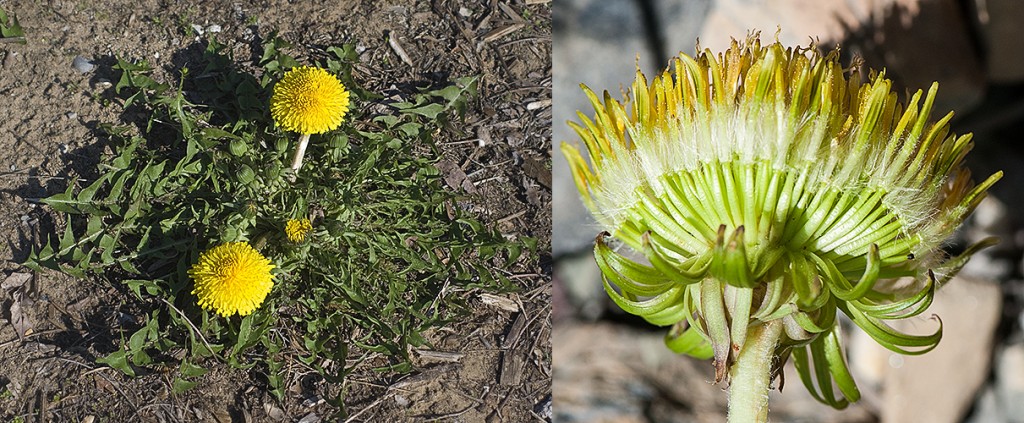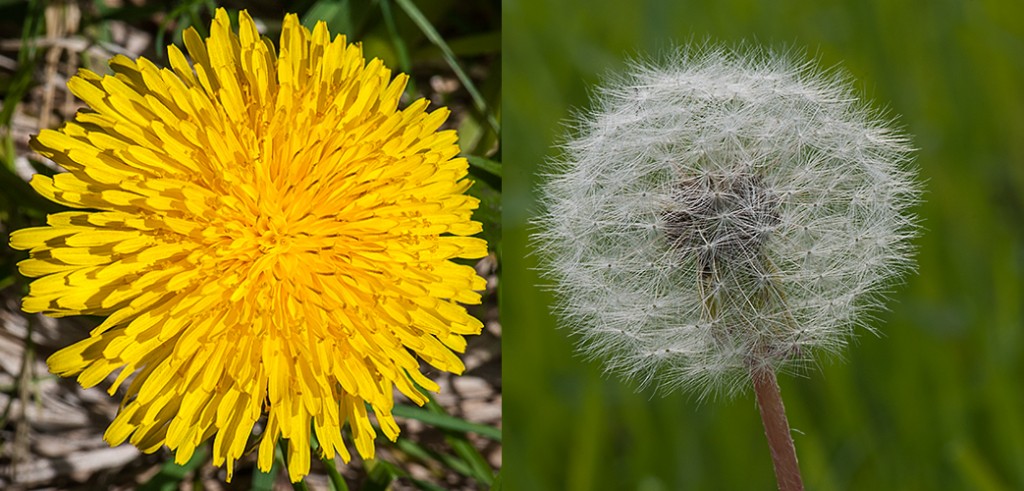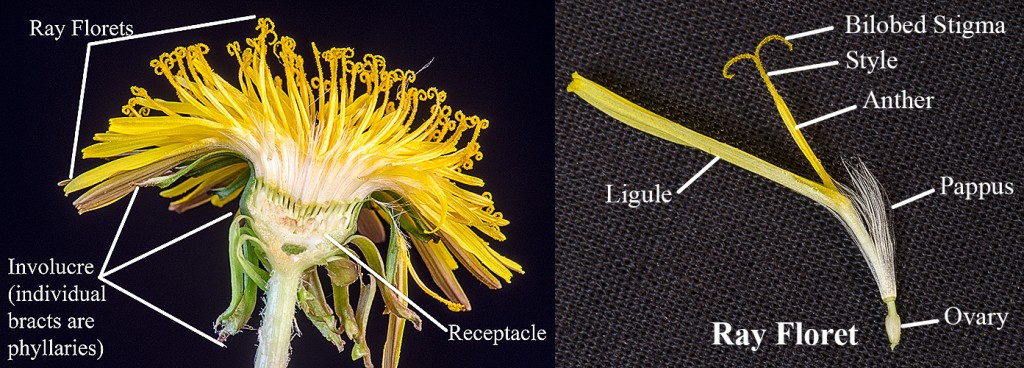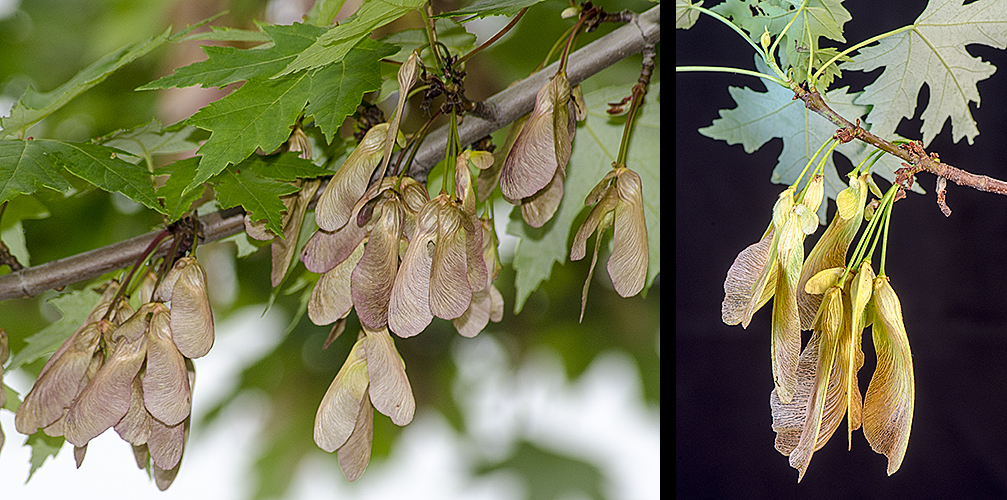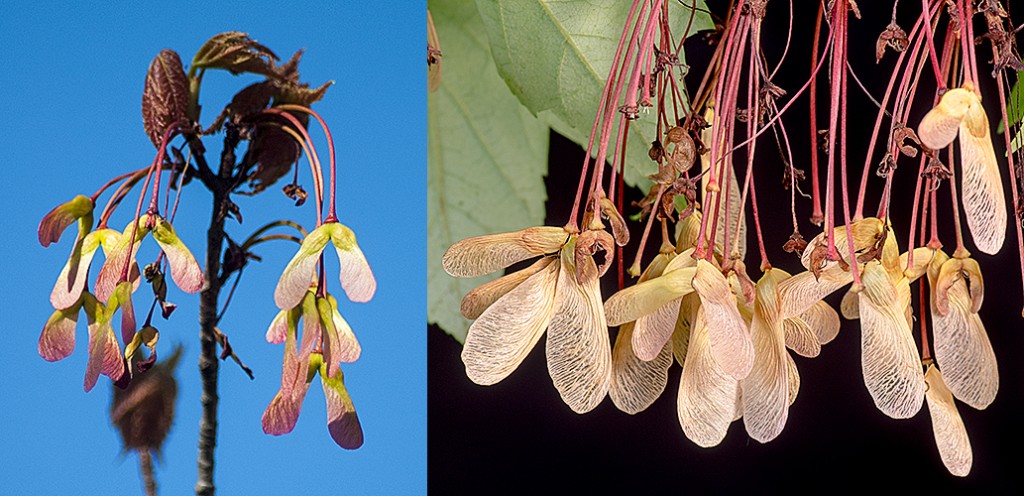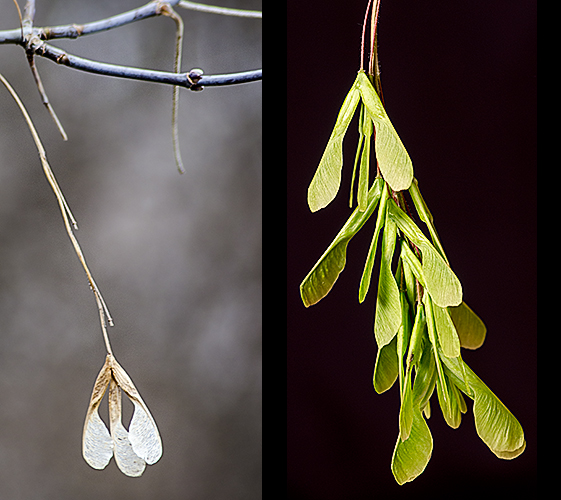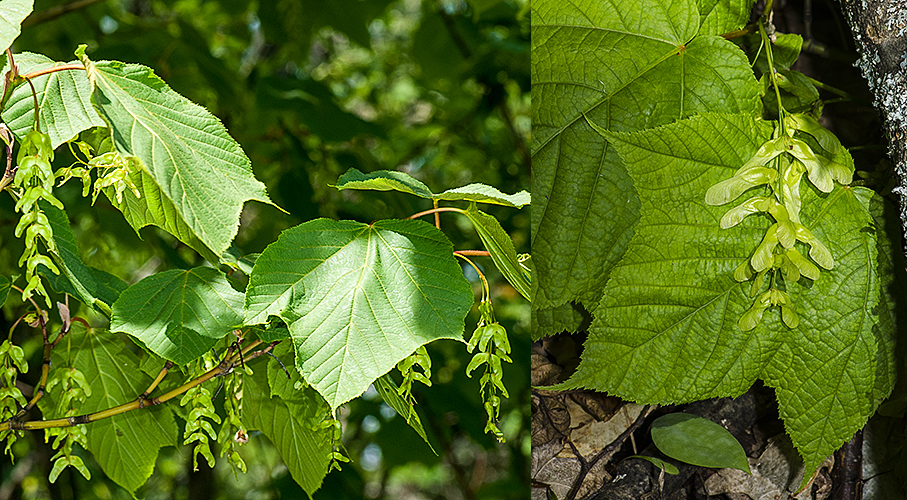Common Dandelion (Taraxacum officinale) is a European species that is naturalized in Michigan. First recorded in the wild in 1837 when it was already well established. Brought here by the earliest settlers as a winter source of greens high in vitamin C they were eaten in the winter and early spring to prevent scurvy. The specific name officinale means “of the shops” and alludes to this useful plants value as a cash crop.
Dandelions are distinctive when in flower or seed. Be careful if you gather plants for greens. They are best when just coming up before they flower. Their deeply toothed leaves and milky juice help to distinguish them but there are look-a-likes. And of course never gather greens from lawns that have had chemicals sprayed on them.
What most people call a Dandelion flower is actually a many flowered head. This is true of all members of the large Aster (Asteraceae) family. At the base of a Dandelion head is a group of green bracts called the involucre. Dandelions have only one type of flowers, ray florets. Some members of the Aster family, for example daisies, have ray and disk florets. Ligules are the “petals” of the dandelion flower. Rarely you will find Dandelions where they are absent. The fuzzy ring at the base of an individual flower is the pappus. This develops into the feather-like structure of the seed. Pappus characteristics are needed to separate some species in this family. The involucre is composed of the phyllaries which are the green bracts under the flowers. The florets are held in the receptacle. See Brian Johnston’s post on Microscopy-UK for more photos including some great microscopic images.
Go outside, pick a dandelion flower head, and take it apart. Look at the tiny flowers under a magnifying glass. Try to find the pappus. Understand the structure of this flower head as a first step to learning about the fascinating Aster Family.
Copyright 2015 by Donald Drife
Webpage Michigan Nature Guy
Follow MichiganNatureGuy on Facebook

